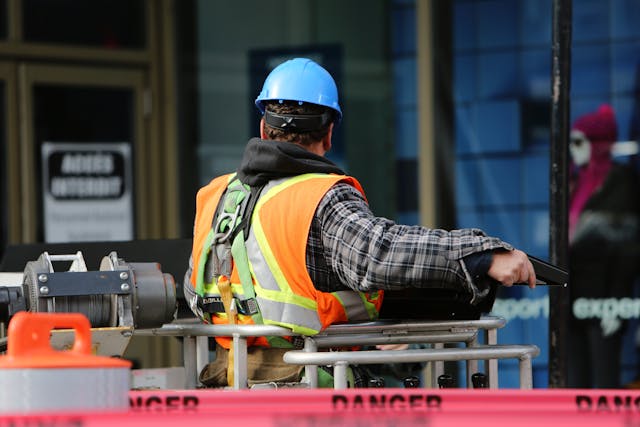Workplace safety has always been a fundamental part of healthy and productive businesses. From construction sites to office spaces, every environment has its own risks and businesses have a duty to protect their teams from harm. While safety regulations provide the framework, the difference comes from smarter practices that make safety second nature in daily operations.
By being proactive, companies can reduce hazards, boost morale and build trust. Below we’ll look at how smarter practices can build safer workplaces, why compliance is important and how employees themselves play a big part in keeping safety.
The Shift To Proactive Safety
Traditionally many businesses have treated workplace safety as a reactive process, waiting until something goes wrong before changing procedures. Smarter practices encourage the opposite. Instead of reacting, organisations anticipate risks by analysing workflows, inspecting equipment regularly and identifying high risk areas before they become problems.
For example, predictive data from incident reports and near misses can help identify trends. If slips and trips are happening in one area, companies can respond by improving lighting, upgrading flooring or providing additional signage. Proactive measures not only reduce accidents but also save money by cutting down on claims and lost productivity.
Safety As Part Of Company Culture
One of the best ways to ensure long term safety is to make it part of the company’s DNA. A safety first culture is more than just rules, it’s about shared values. Employees at every level should feel able to speak up, suggest improvements and hold themselves and others to account.
Creating this environment starts with leadership. When management actively demonstrates its commitment to safety, whether through regular walks around the site, transparent communication or direct involvement in training sessions, employees are more likely to follow suit. Over time this shared responsibility becomes an ingrained habit rather than a tick box.
Training and Education
Smart practices rely on knowledge. Safety training should go beyond the basics of emergency exits and first aid. Employees need to know how their specific tasks fit into overall workplace safety. Customised training programs can cover everything from operating machinery correctly to handling hazardous substances safely.
Interactive workshops, role-playing scenarios and digital learning tools make training more engaging and memorable. The more practical and relevant the training the easier it is for employees to apply it in real life. Ongoing refresher training is equally important to keep safety practices up to date with new technologies, regulations and company processes.
Technology for Safer Environments
Modern workplaces have access to advanced tools that can help with safety. Wearable devices can monitor exposure to noise or toxic substances, AI driven systems can detect risks in real time. Even simple apps for reporting hazards can streamline communication and get issues addressed quickly.
Automation can also eliminate human error in high risk environments. For example machines can take over repetitive high risk tasks, reducing exposure for employees. By embracing innovation businesses not only meet compliance requirements but stay ahead of the risks.
Why Compliance Still Matters
While smart practices are important they should always work alongside regulatory compliance. Legal frameworks set minimum safety standards that protect both employers and employees. Aligning with the guidelines ensures businesses meet their obligations and avoid costly penalties.
Organisations can use resources such as Industrial Compliance & Safety to get the tools and knowledge to keep their working environments safe. By combining compliance with proactive measures businesses can create a safety net that protects employees and supports long term growth.
Empowering Employees as Safety Leaders
Employees aren’t just passive participants in workplace safety; they’re on the front line. Encouraging employees to take ownership of their environment creates a sense of pride and accountability. Something as simple as reporting a spill, securing loose equipment or mentoring new colleagues on best practices can have a big impact.
Recognition also plays a part. Celebrating employees who contribute to a safer workplace whether through suggestion schemes or safety awards reinforces the importance of individual responsibility. When employees see their efforts valued they are more likely to maintain high standards.
Looking Ahead
Creating safer workplaces isn’t about ticking boxes but about creating sustainable systems that protect people and strengthen organisations. Smart practices anchored in proactive planning, education, technology and compliance is the way forward. By embedding safety into the culture, empowering employees and leveraging innovation businesses can reduce risks and increase productivity and morale.Future workplaces will be those that see safety as a bonus.




